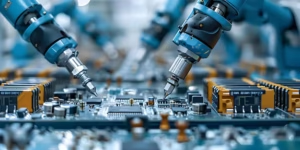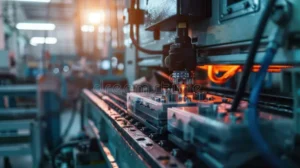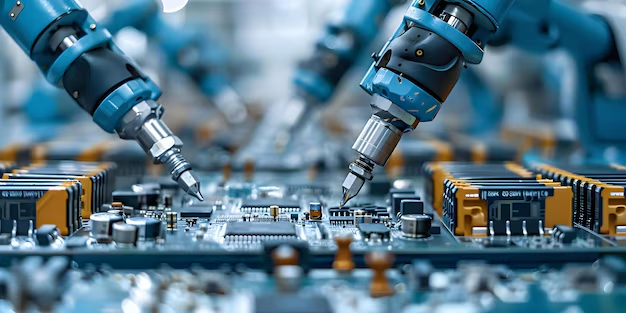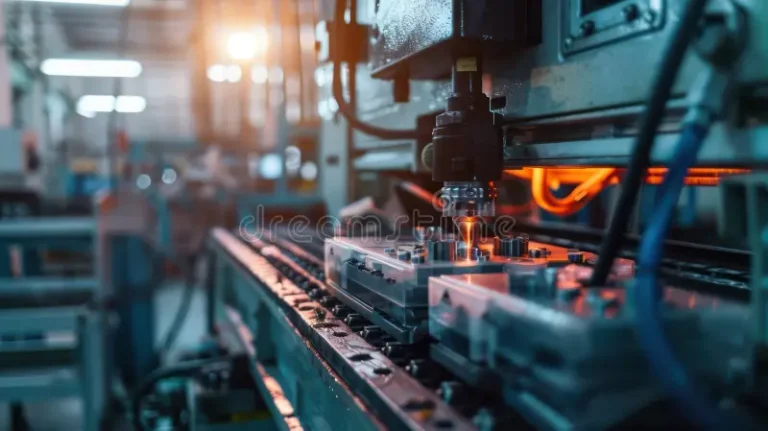Droplet measurement technologies are tools and techniques that help scientists and engineers measure tiny drops of liquid. These drops are so small that you can’t see them with your eyes alone. But with these special tools, we can know how big these drops are, how many there are, and even what they’re made of. This is very important because droplets are found everywhere around us, from the water in the air we breathe to the spray from a sneeze. Understanding droplets helps us learn more about the world and solve many problems.
Why Do We Need to Measure Droplets?
Droplets might seem small and unimportant, but they play a big role in many things. For example, when doctors want to know how a virus spreads through the air, they study the droplets from a cough or sneeze. Farmers also care about droplets because they need to spray water and medicine on their crops in the right amount. Too little, and the plants won’t grow well; too much, and the plants could get damaged. Droplet measurement technologies help in these situations by giving us the right information to make smart decisions.
Types of Droplet Measurement Technologies
There are different types of droplet measurement technologies, each with its special job. Some tools can measure the size of a droplet, while others can count how many droplets are in a certain space. Some tools even tell us what the droplet is made of, like whether it’s water or oil. One common tool is the laser-based droplet measurement system. This system uses a laser beam to pass through droplets, and the light that comes out the other side tells us how big the droplets are.
Another type of technology is the optical imaging system. This system takes pictures of droplets and then uses a computer to measure them. It’s like taking a photo of a rain drop and using a ruler to see how big it is. There are also tools called phase Doppler particle analyzers. These tools use the way light bounces off droplets to measure their size and speed. Each of these technologies is important because they help us understand droplets in different ways.
Where Are Droplet Measurement Technologies Used?
Droplet measurement technologies are used in many places. In weather studies, scientists use these tools to understand how rain and snow form. This helps them predict the weather better. In medicine, doctors use these technologies to study how medicines are sprayed into the air, like in asthma inhalers. This helps make sure patients get the right dose of medicine. Droplet measurement is also used in factories, where machines spray paint or other liquids onto products. By measuring the droplets, workers can make sure the right amount of liquid is used without wasting any.
Another important use of droplet measurement technologies is in the study of pollution. Scientists measure droplets in the air to see how clean or dirty it is. This information helps them understand where pollution comes from and how to reduce it. Even in our kitchens, these technologies are used. For example, when a new spray bottle for cooking oil is designed, engineers measure the droplets to make sure the oil sprays evenly.
How Do Droplet Measurement Technologies Work?
Droplet measurement technologies might sound complicated, but they all work by using light, sound, or other methods to “see” droplets that are too small for our eyes. The laser-based systems use light beams that pass through droplets. As the light goes through, it bends or scatters in different ways depending on the droplet’s size. Sensors then collect this scattered light and send the information to a computer, which calculates the droplet’s size.
Optical imaging systems work like cameras. They take pictures of droplets and use special software to measure their size. These systems can capture very tiny droplets, even ones smaller than a human hair! Some technologies use sound waves instead of light. These sound waves bounce off the droplets and return to the sensor, which measures the time it took for the sound to bounce back. This information is used to calculate the size of the droplet.
The Importance of Accurate Droplet Measurement
Getting the size and number of droplets right is very important. In medicine, for example, the wrong droplet size could mean that a patient doesn’t get enough medicine, or they get too much. In agriculture, too big or too small droplets could harm crops. Accurate droplet measurement helps make sure that everything works as it should.
In weather forecasting, accurate droplet measurement helps predict how much rain or snow will fall. This can be important for farmers who need to know if their fields will get enough water or for cities that need to prepare for floods. Even in the fight against pollution, accurate droplet measurement helps scientists understand how pollutants move through the air and water.
Challenges in Droplet Measurement Technologies
While droplet measurement technologies are very useful, they also have challenges. Measuring tiny droplets accurately is not easy because they can move very fast and are often very small. Sometimes, droplets are so close together that it’s hard to tell them apart. Other times, they might evaporate before they can be measured. Engineers and scientists are always working to improve these technologies so they can measure droplets more accurately and quickly.
Another challenge is making these technologies affordable. Some droplet measurement tools can be very expensive, which makes it hard for everyone to use them. Scientists are working on ways to make these tools cheaper so that more people can benefit from them. Despite these challenges, droplet measurement technologies continue to improve and become more accessible. You can also read this: Is Dragon a Card Game? Insights and Clarifications
The Future of Droplet Measurement Technologies
The future of droplet measurement technologies is bright. As technology advances, these tools will become even more accurate and easier to use. Scientists are working on new ways to measure droplets, such as using advanced computer algorithms to analyze data faster and more accurately. This will help in areas like healthcare, where quick and accurate droplet measurement can save lives.
In the future, we might even see droplet measurement technologies being used in everyday life. For example, smart devices could use these technologies to monitor air quality in our homes or measure the amount of water in the soil of our gardens. The possibilities are endless, and as technology continues to evolve, droplet measurement technologies will play a bigger role in our lives.
Conclusion:
Droplet measurement technologies might be a complex topic, but their impact is clear. They help us understand the world around us, from the air we breathe to the medicine we take. By measuring droplets accurately, we can make better decisions and solve problems more effectively. As these technologies continue to improve, they will become even more important in fields like healthcare, agriculture, and environmental science.
These tools, while they may seem small, have a big impact on our world. The more we learn about droplets, the more we can use that knowledge to make our lives better. Droplet measurement technologies are a key part of this journey, helping us see and understand the tiny drops that make a big difference.








